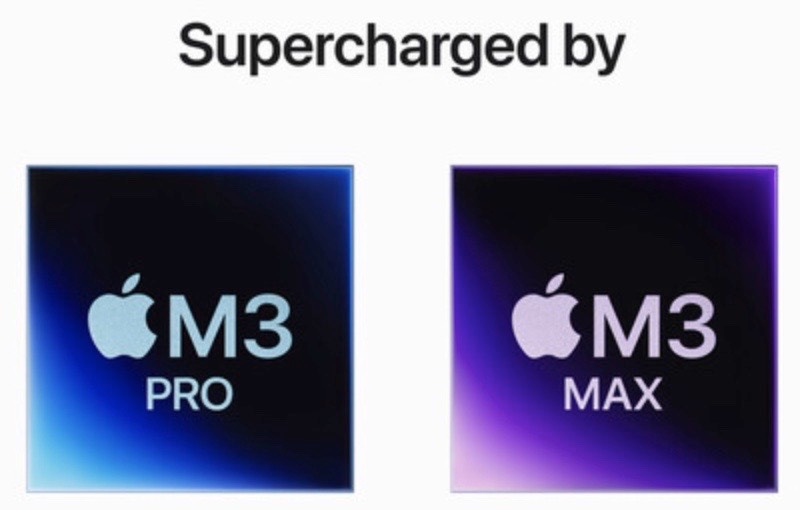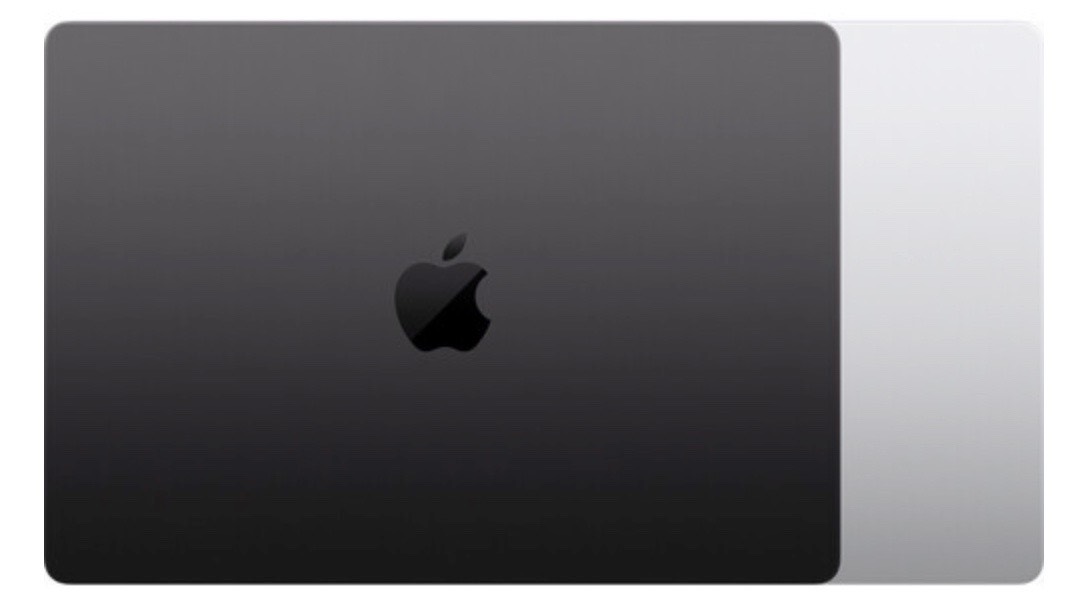Apple yesterday introduced new M3-based MacBook Pro and iMac 24” models. They also end-of-lifed the 13” MacBook Pro with the touchbar.

What does all this mean for photographers looking for a new Mac?
Probably lots of discounts on amazingly good M2 models as stores unload inventories (ditto Apple Refurbished; the M2 13” is selling for less than US$1000).
I don’t think my advice has changed from before: 16GB RAM and anything other than the base SSD are more than sufficient for most photography enthusiasts. If you batch process, go deep into AI processing, or edit video, then 32GB and a Pro or Max chip starts to become the bar you don’t want to go below.
One thing that Apple emphasized, and which will have impacts on game playing, 3D modeling, and perhaps some fringes of photography was that the GPU design has been changed, and now supports hardware-accelerated ray tracing. Likewise, the nueral engine got faster, and that should directly impact AI-based image processing.
The iMac remains in its usual model colors, but the MacBook Pros now add a Space Black option (left, versus regular silver on right:

Apple did a lot of gaslighting in their 30-minute Spooky Fast presentation last night. Besides the touchbar retirement, Apple didn’t supply any real information about how M3 differs from 14/16” M2 models other than vague bits (they compared to the 13” M2, which isn’t an apples to apples comparison, pardon the pun). You can find some more direct comparisons partly buried on the Apple Web site.
In diving deep into a few things that weren’t presented in the Apple Event, I discovered why they gaslighted the direct M2 to M3 upgrade differences. For instance, on the 14” MacBook Pro model, the battery life goes up perhaps an hour at the same level of performance. And that’s with Apple’s “soft” tests (e.g. running video on the laptop screen continuously). I’ll have to get my hands on a unit to do a more performance based test, but I don’t think it was unintentional that most of Apple’s comparisons were M3 to M1.
Also ghosted in the Event was the availability of the Max models: November, not next week.
Yet another ghosted detail was that the new base 14” MacBook Pro drops to Thunderbolt 3, and only two USB-C/Thunderbolt ports (down from Thunderbolt 4 and three). You have to buy the Pro or Max chip models to get back to where the M1 MacBook Pro started things.
The EU got gaslit, too: the iMac still uses the current Magic Mouse and Keyboard, so it comes with a USB-C to Lightning cable. I guess new mice and keyboards are going to play chicken with the EU right up through Christmas 2024 ;~).
I’m not done. The Apple Silicon uses shared memory internally, and the speed at which that works has changed (and is referred to as dynamic caching). If I’m reading the Tarot cards correctly, the M3 uses somewhat slower memory access generally, but the CPU/GPU cores have a mechanism in them for speeding up the access when required. Moreover, the number of performance cores versus efficiency cores seems to have changed across all models (lowering the performance core number and increasing the efficiency core number). Overall, I’m not expecting the benchmark tests of the M3 models to be tremendously improved from M2. Oh, they’ll show improvement, but it’s now taking a lot of improvement to show up in real speed to the average user.
Which brings me back to the M2 Macs. As they come on sale, take a long look at them first before opting for an M3 model. The exception to that would be the iMac model: Apple never built an M2 version, and the M3 has a pretty clear improvement performance over the M1. Not that I wouldn’t advise you avoid the M1 iMac: if you can live with the configuration limitations (16GB RAM, 2TB SSD), it’s a perfectly fine computer with a built-in 4.5K Retina display.
- 14” M3 MacBook Pro: base (8GB RAM, 512GB SSD) is US$1599, maxed out (128GB RAM, 8TB SSD) is US$6899.
- 16” M3 MacBook Pro: base (18GB RAM, 512GB SSD is US$2499, maxed out (128GB RAM, 8TB SSD) is US$7200.
- 24” M3 iMac: base (8GB RAM, 256GB SSD) is US$1299, maxed out (24GB RAM, 2TB SSD) is US$2699.
If you are going to opt for an M3 Mac, the enthusiast photographer configuration is probably a M3 Pro-based model somewhere in between the base and max listed above. For instance, a 14” with 36GB RAM and 1TB SSD (US$2599).
I like that Apple is rapidly pushing their silicon forward. It’s clear that they’re devoting significant resources to keeping the Apple Silicon chips at the front edge of state-of-the-art. The M3 versus fastest Intel-based MacBook Pro comparisons are mind-boggling, and many of you probably still think those last Intel-based MBPs are excellent and fast.